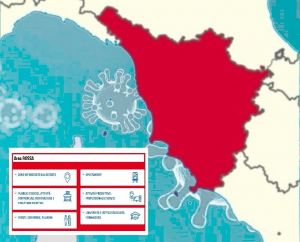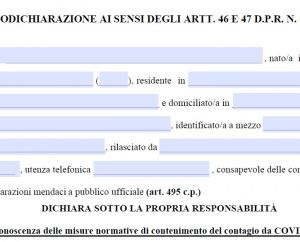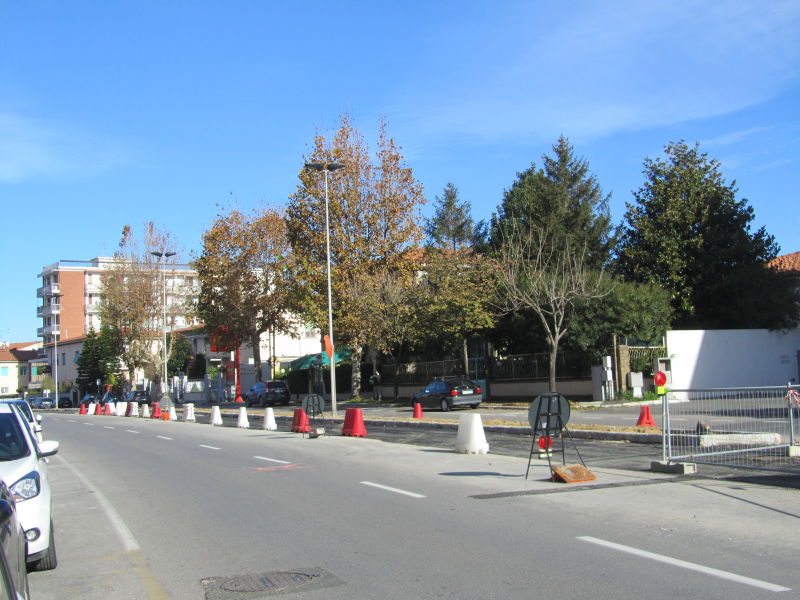- Home
- Chronicle
- Environment
- Lipu: “Our health is deteriorating, they continue to cut trees in the city”
– –
Environment
November 30, 2020
“Dozens of trees and hedges felled along Viale Petrarca:
There will be a lack of absorption of about 50 quintals per year of carbon dioxide “
Cecilia Giorgetti, Lipu National Councilor and Paola Ascani, Lipu National Councilor:
It was recently shown that Covid binds to fine particles, and at the same time it was already known that trees are very effective in removing atmospheric particulate matter.
If we consider the current period of health emergency, and more generally the levels of pollution (for the breaches of which Italy was recently condemned by the European Court of Justice); we should do everything to keep as many plants as possible.
Trees are real oxygen cylinders, which are our best allies in combating climate change and reducing pollution.
The larger ones (with thick and wide hair); they have multiple leaves that produce oxygen through photosynthesis and store carbon dioxide and fine dust.
Unfortunately in the designs this sensitivity is still absent:
as an example we cite:
the destruction of the oleander hedge that was on the traffic island along Viale Petrarca;
the felling of dozens of plane trees, which could have been saved with a slightly different layout of the roads.
All this will worsen the air quality and the microclimate along the busiest road axis of the city; and consequently also the health of those who live there and frequent the area, considering that scientific research has shown a greater incidence of diseases in those living on roads with high traffic intensity (this felling of trees will produce a lack of carbon dioxide absorption of 48 quintals / year and 2.3 kg of fine dust / year).
Not even the maintenance of the green respects good practices, looking at pruning such as those of the pines in Piazza Matteotti and at Villa Fabbricotti; and of the tamarisks at the Tre Ponti and on the seafront, which are carried out with incorrect techniques (such as pollarding); without respecting the same municipal regulation on urban green spaces, and today also the provisions of the Ministerial Decree on minimum environmental criteria (CAM).
The same goes for hedges, on which the researchers have established that:
to be effective against pollution, they should be at least 2 meters high. Instead they are pruned to 1 meter in height.
Furthermore, in Livorno the consumption of land has not yet stopped, and this concerns both new buildings (especially in the suburbs), but also a further densification of the urban fabric, with squares covered with waterproof paving; and any open space that is paved, concreted, or constructed in some way.
According to Ispra data, more than 5 hectares have gone under concrete in Livorno in the last year alone ”.

–

Tuscany Red Zone, rules to follow and prohibitions –

self-declaration –
–
–

:quality(80)/cdn-kiosk-api.telegraaf.nl/fa8cf4d4-3348-11eb-805c-0255c322e81b.jpg)
